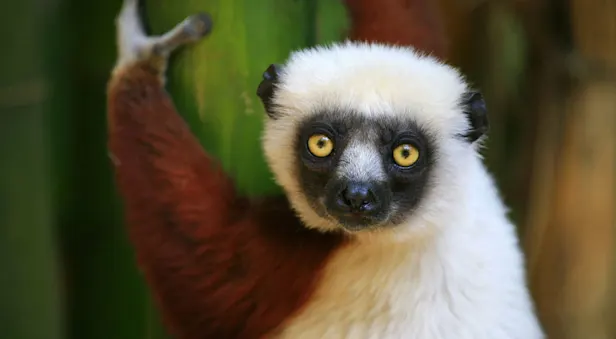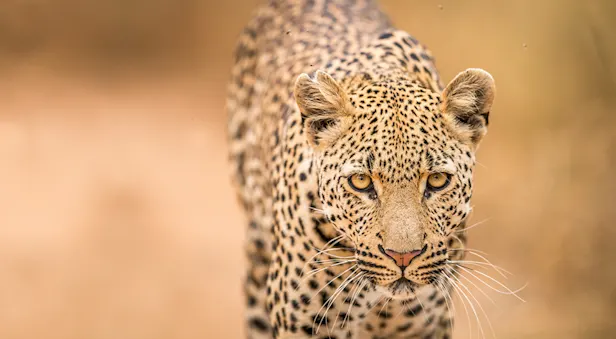Striped Civet Facts | Madagascar Wildlife Guide
The striped civet is Madagascar’s second-largest predator after the fossa. The size of a domestic cat, the striped civet has a foxlike face with a pointed muzzle, a stocky body, thin legs and a thick tail. Its coat is a sleek gray-brown with black spots, and it has a creamy underbelly. This elusive, nocturnal mammal is frequently found in forest ravines.
The striped civet preys upon small mammals, reptiles, amphibians, insects and eggs stolen from birds’ nests. It vocalizes with cries and groans, along with a coq-coq call that is only produced in the presence of others. Mating occurs between August and September, and gestation lasts three months. A female gives birth to one young, which is weaned after two or three months and leaves its parents after one year.
The Malagasy civet is listed as vulnerable by the International Union for the Conservation of Nature (IUCN) and is threatened by habitat fragmentation, charcoal production and competition with introduced animals, such as dogs, cats and the small Indian civet.


























